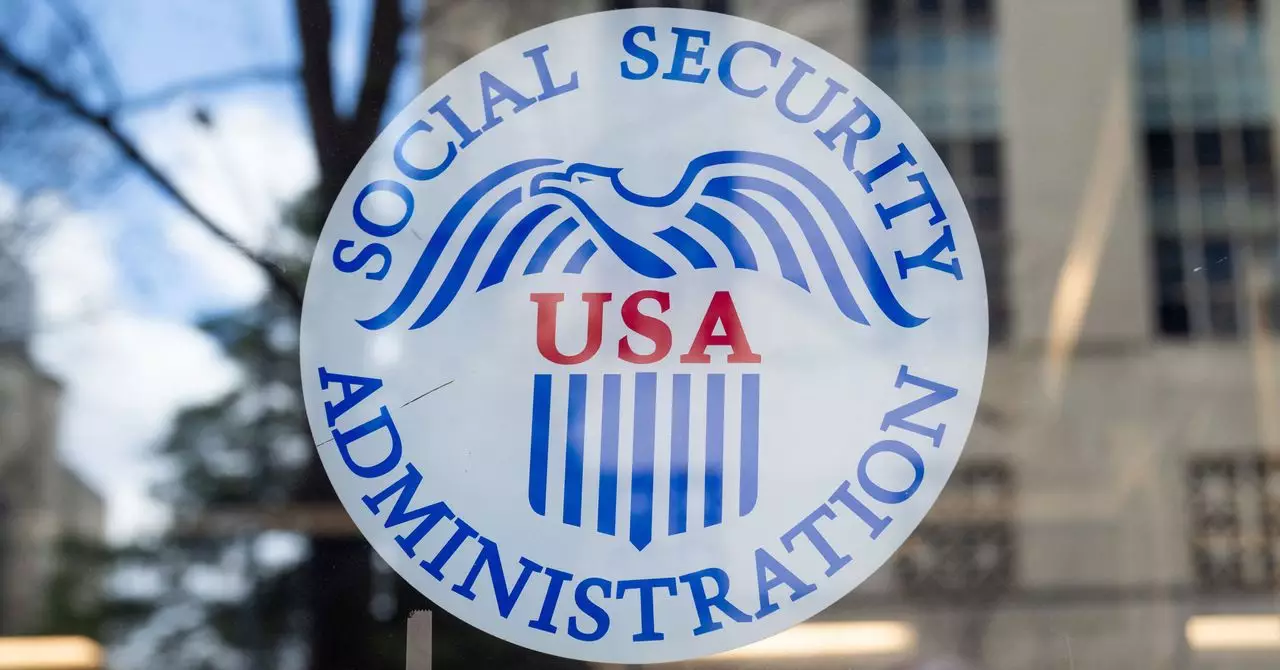The Social Security Administration (SSA) stands at a crossroads in its technology journey, with its foundational systems heavily reliant on COBOL. This programming language, once regarded as a titan of technology in the mid-20th century, has become synonymous with outdated practices. Yet, the SSA is caught in a precarious situation where a simple change might trigger a domino effect of failures across its programs. From issuing social security numbers to managing payments, the very backbone of the agency’s operations is coded in a language that is, arguably, increasingly alien to modern engineers.
Transitioning from COBOL entails immense risks. Dan Hon, a principal at technology consultancy Very Little Gravitas, highlights a salient concern: the repercussions of errors. He alludes to the humanitarian impact of a migration gone awry, noting the dire consequences of beneficiaries receiving incorrect payments or, worse yet, no payments at all. The challenge, therefore, is not just technical but deeply human—navigating the intricate fabric of societal trust that the SSA has woven over decades.
The Shadow of Inertia and the Call for Change
A recent document circulated by SSA management, unfortunately, outlines priorities that sidestep the urgent need for code migration. With mentions of terminating “non-essential contracts” and incorporating artificial intelligence to enhance administrative efficiency, one cannot help but wonder: Is the agency prioritizing the symptoms of its technological malaise rather than addressing its root causes?
Meanwhile, the involvement of young engineers—often referred to as DOGE operatives—indicates a blend of fresh talent and inexperience. Their focus on identifying beneficiaries and combating fraud through projects like the “Are You Alive” initiative signifies a proactive stance on maintaining integrity. However, can these inexperienced hands be expected to handle the complex legacy of COBOL alongside their more immediate tasks? The looming questions about their competence to manage both legacy and modern systems highlight a potentially flawed strategy that could undermine progress.
The AI-Driven Future: Promises and Pitfalls
The aspiration to replace COBOL with modern programming languages raises crucial discussions about the role of artificial intelligence (AI) in this transition. The claim that generative AI can seamlessly translate millions of lines of code is bold and somewhat reckless. While AI undoubtedly possesses robust capabilities, relying heavily on it for such a monumental task overlooks the nuances of coding standards, edge cases, and agency-specific intricacies that seasoned human engineers have grappled with.
The notion that cleaning up COBOL can be a matter of mere months is tantalizing but misleading. The SSA’s technological ecosystem bears a resemblance to fragile architecture— a “house of cards,” as described by a former senior technologist. The cautionary tales of rapid migrations gone awry underline the necessity for a considered approach that acknowledges the significance of thorough testing and validation. The challenge thus lies in balancing the ambition of modernization with the meticulous blues of operational stability.
Fostering a Culture of Progressive Adaptation
The imperative for change at the SSA is not merely a technological overhaul; it signals a shift in the agency’s culture and vision. For any sweeping reforms to take root effectively, leadership must cultivate a proactive ethos that embraces continuous learning and knowledge sharing. Rather than merely pushing for rapid updates or decommissioning old systems, a more comprehensive strategy involving gradual integration, rigorous training, and active participation from all stakeholders would be more beneficial.
Investing in people—and not just technology—should be the focal point of any modernization strategy. The SSA must foster an environment where engineers can thrive, learn, and innovate rather than one where they’re expected to deliver instant results amidst a legacy burden. The successful migration of its systems hinges on building a bridge between the old and new, where the wisdom of experience is intertwined with the freshness of innovative thought.
In pursuing modernization, the SSA must navigate an intricate landscape fraught with uncertainty. While the allure of a swift transition to modernized systems beckons, the agency must tread carefully, aware of the heavy ramifications of a slip-up. Ultimately, it is through balanced foresight and the right partnerships that the SSA can hope to emerge successfully from the shadows of COBOL’s legacy into a more robust and resilient digital future.

